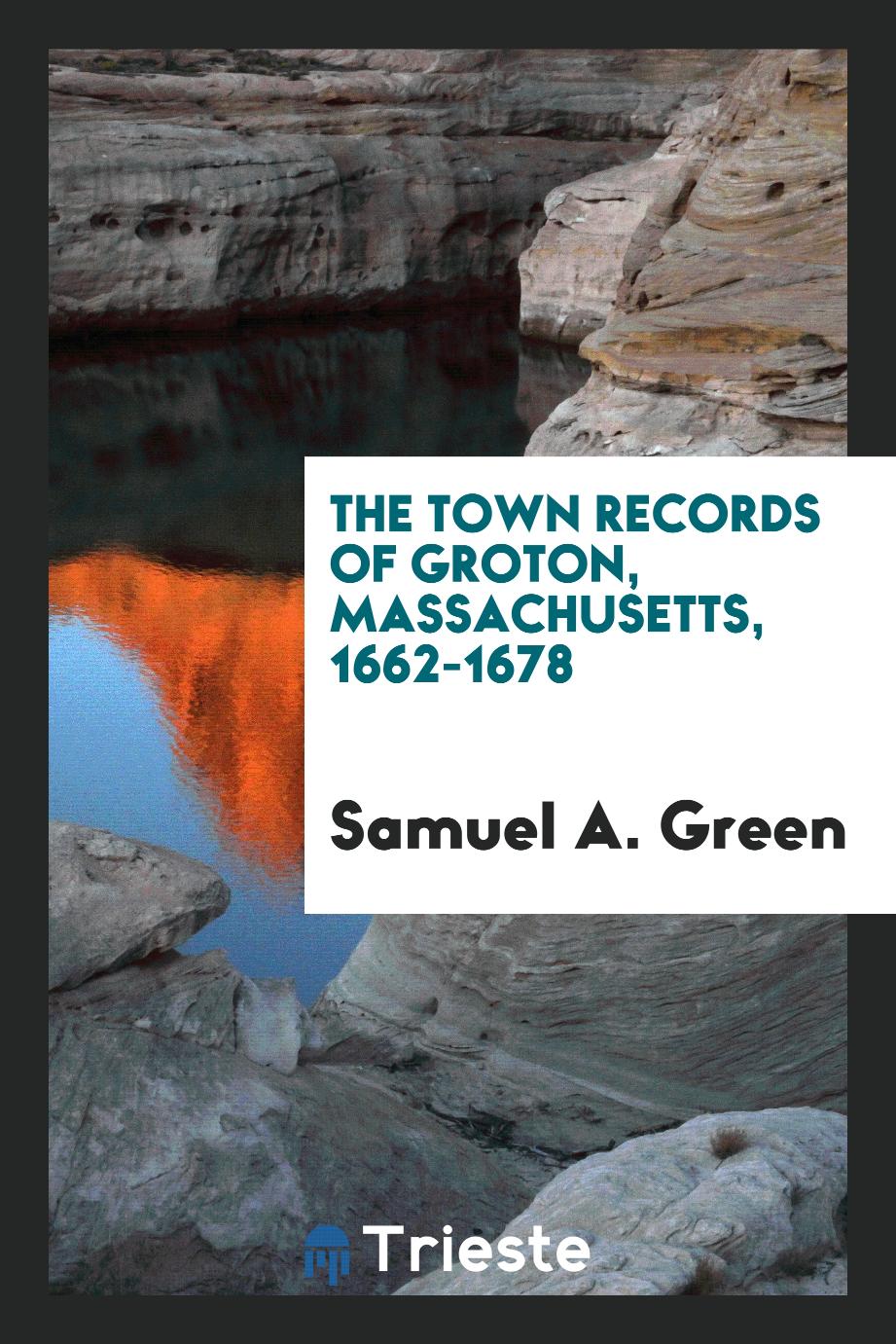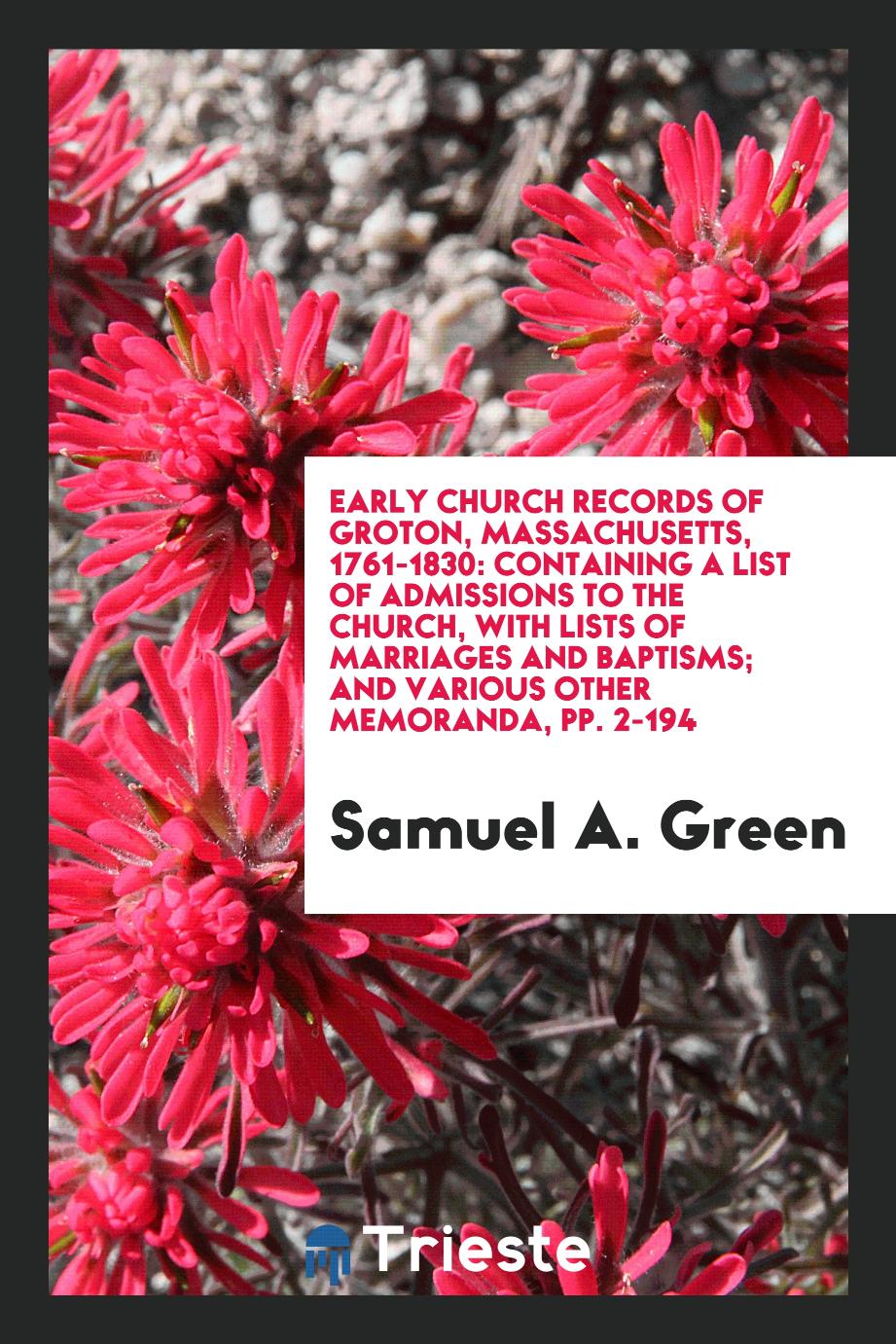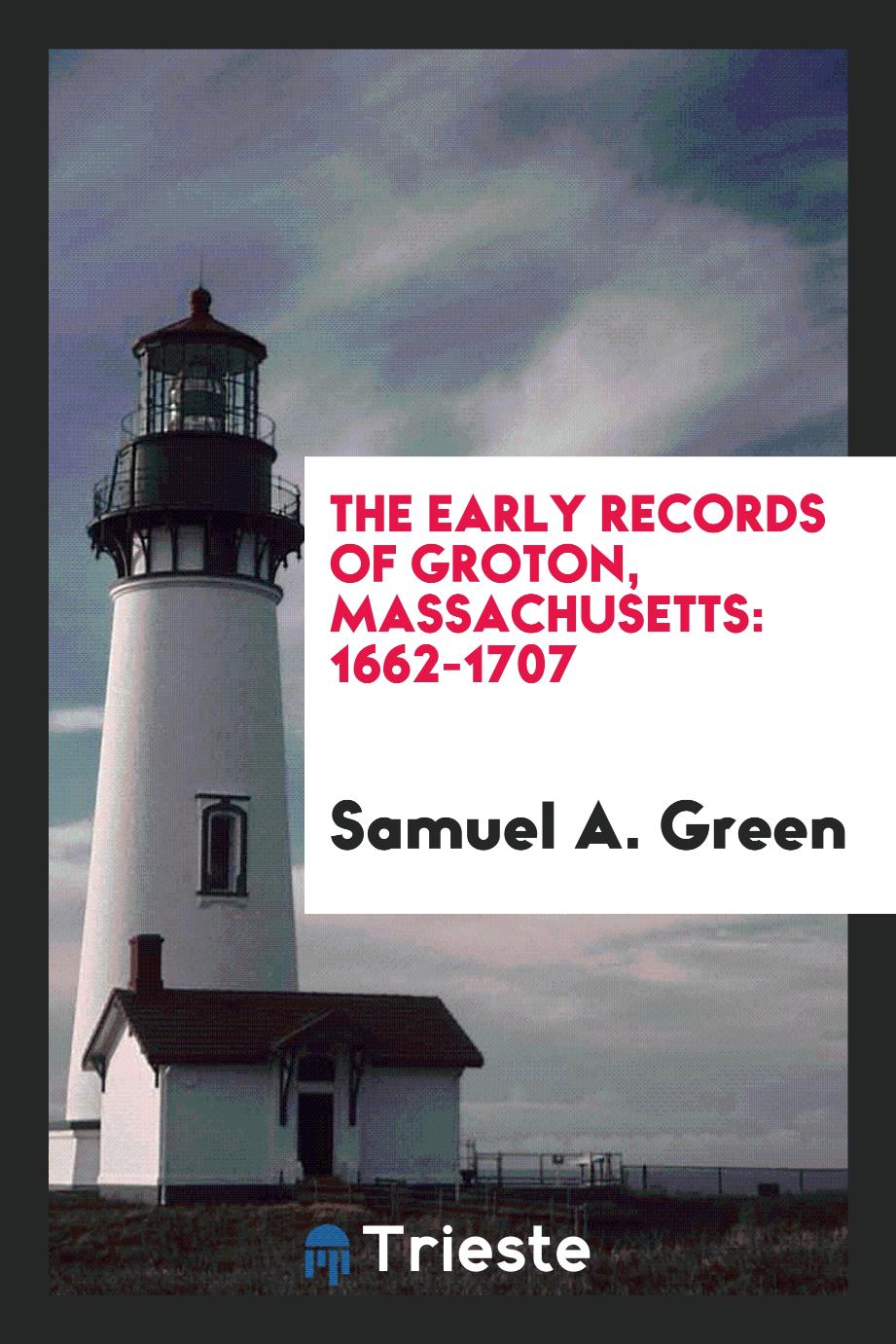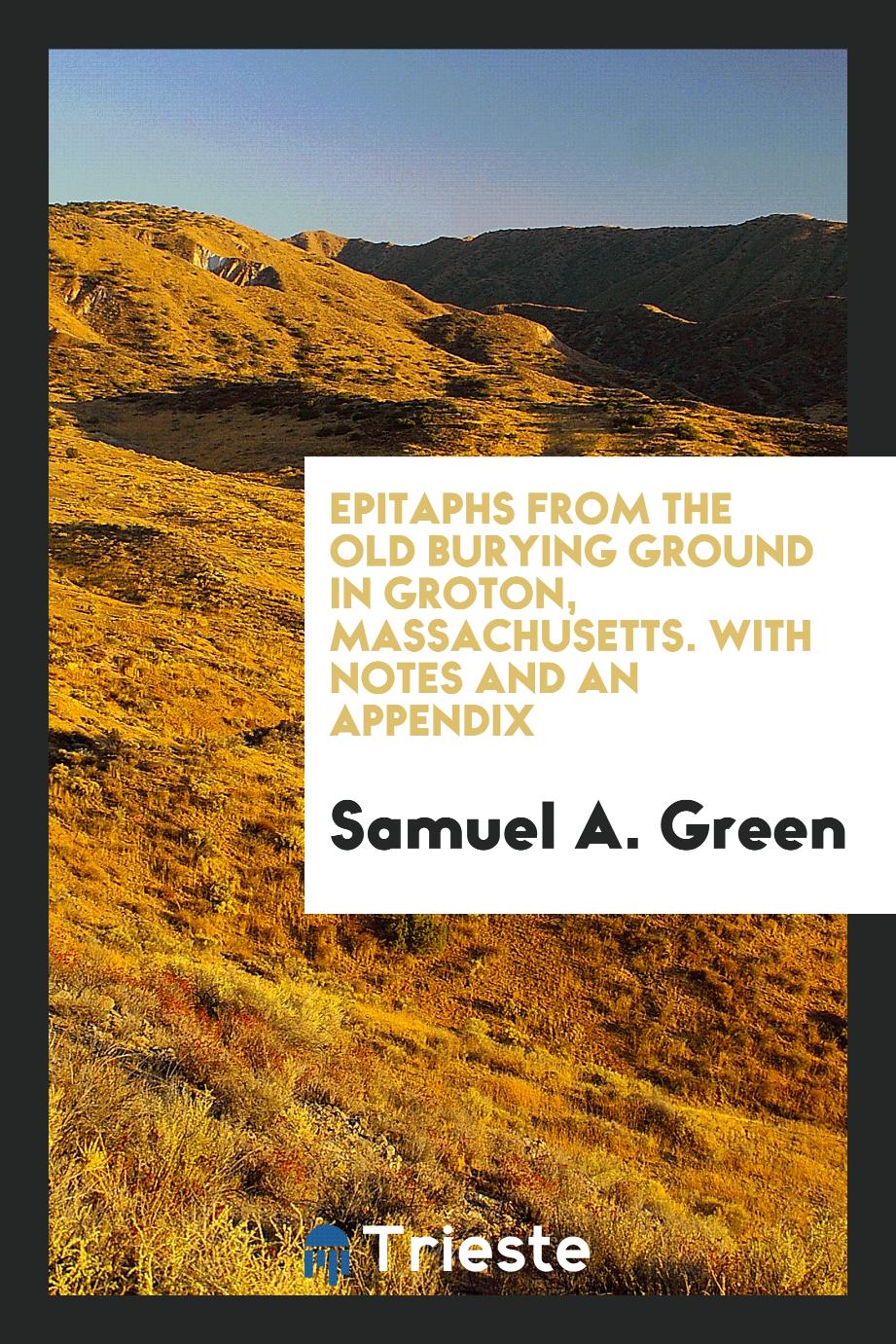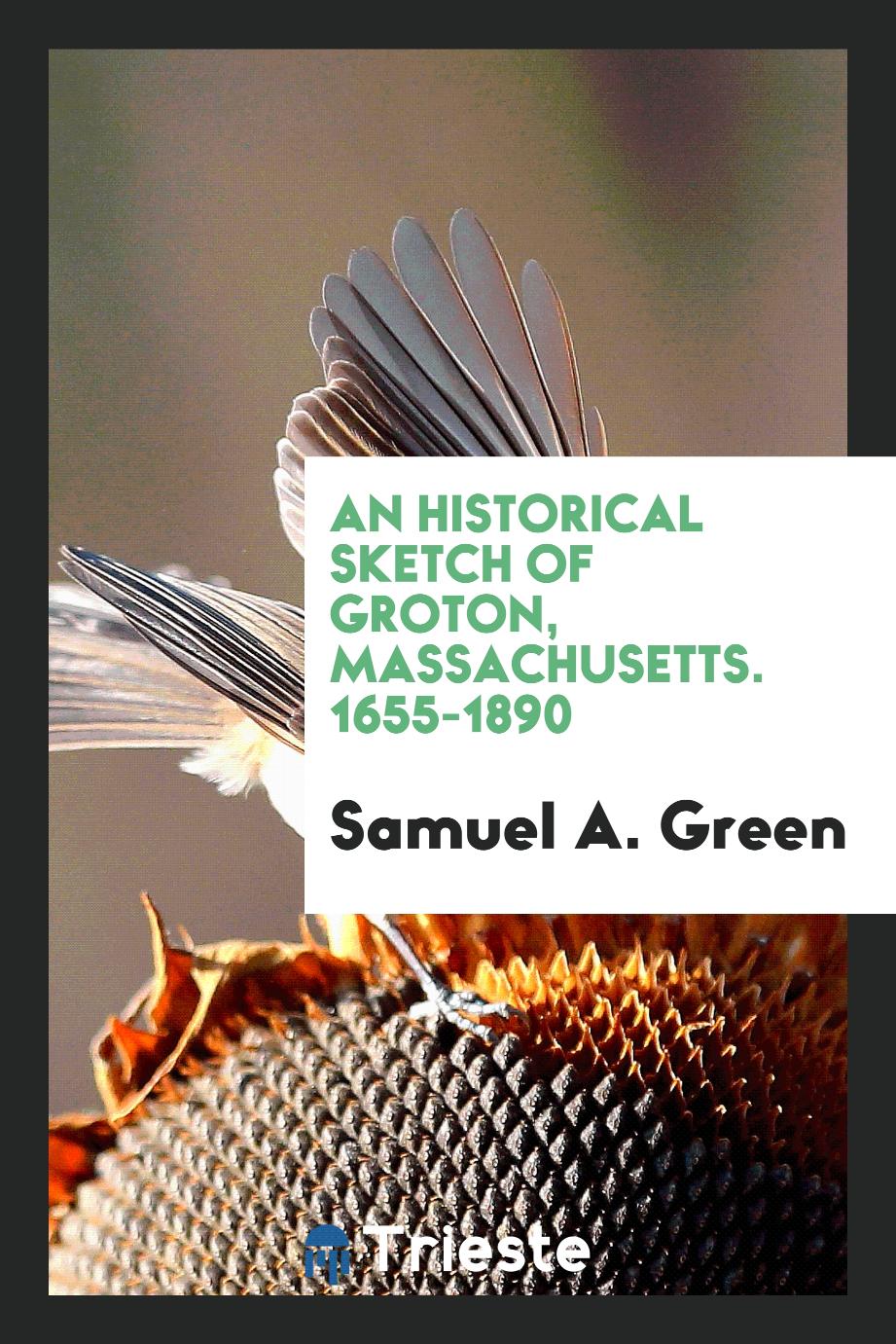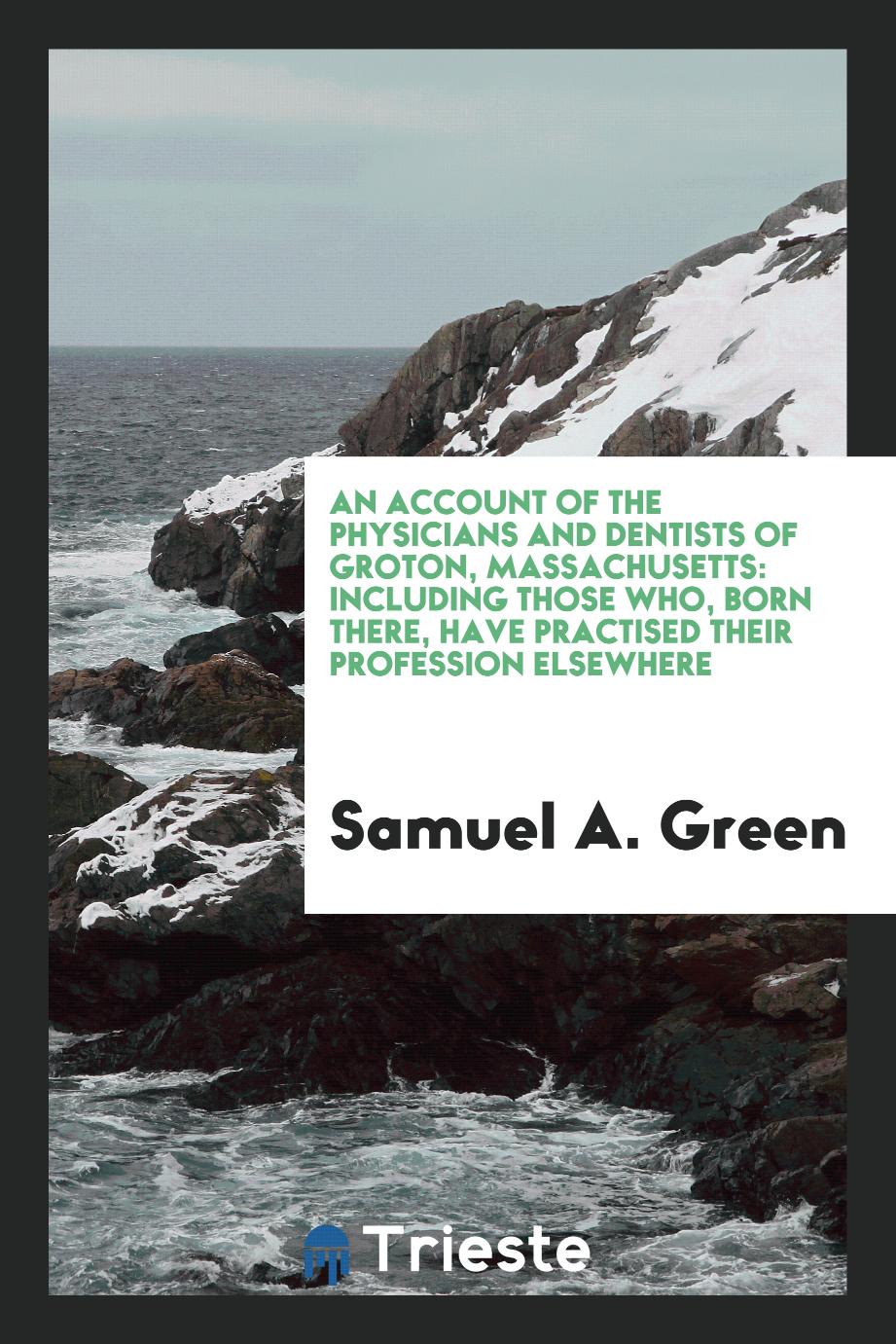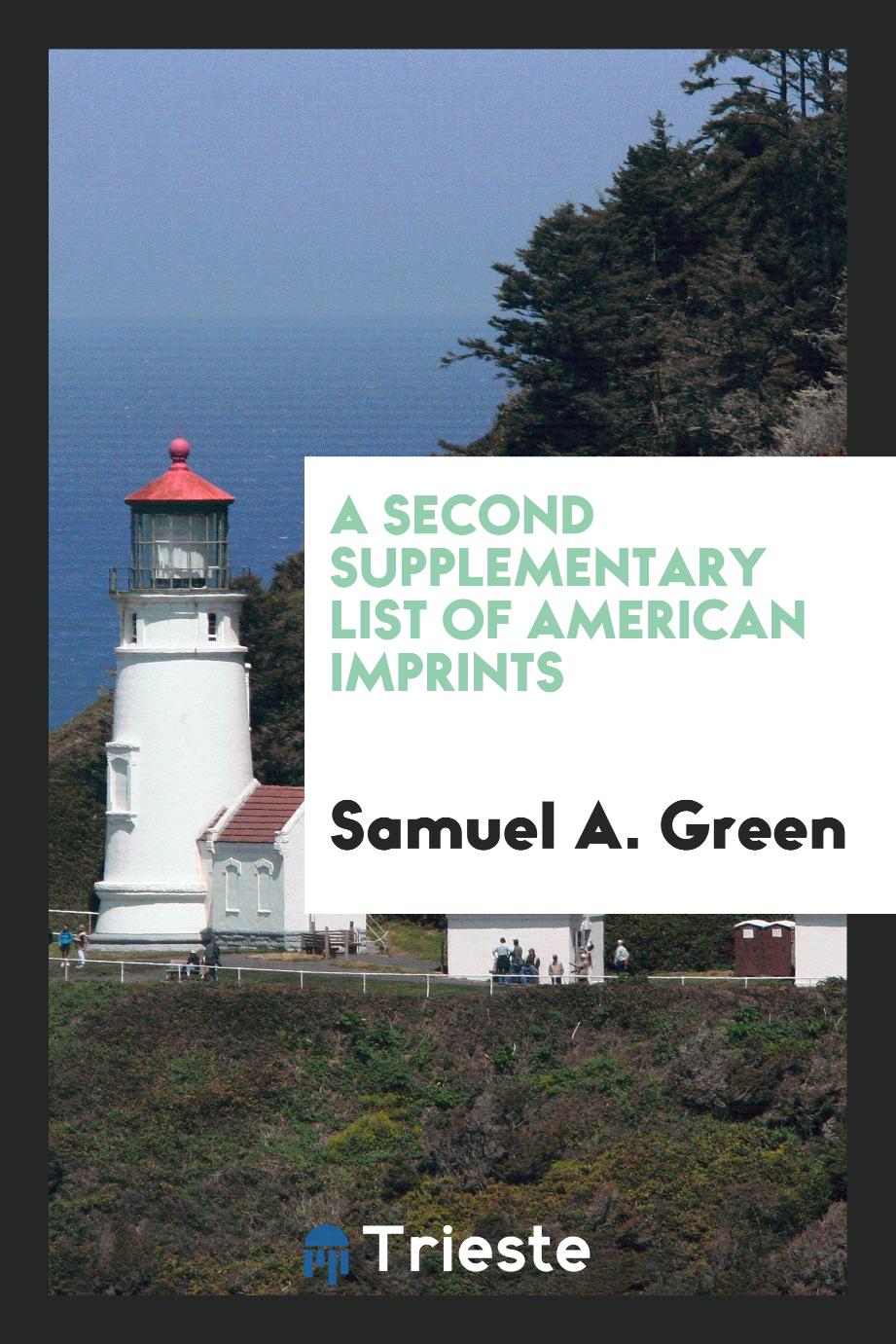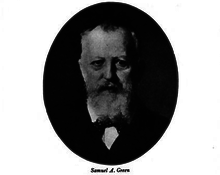
Samuel A. Green
Samuel Abbott Green (March 16, 1830 - December 5, 1918) was an American physician who became a Massachusetts politician who served as medical officer during the American Civil War and mayor of Boston in 1882. Green was born in Groton, Massachusetts, with Joshua Green and Eliza Lawrence. His grandfather, Samuel Lawrence, was an officer in the American Revolutionary War, and his uncles Amos and Abbott Lawrence were prominent merchants, philanthropists, and politicians. Green graduated from the Lawrence Academy in Groton in 1847 and Harvard in 1851. Three years after graduation, he received a medical degree from Harvard Medical School, and also studied at Jefferson Medical College. After that, he spent several years in Europe. Upon returning to the United States, he began medical practice in Boston and became one of the district doctors at the city dispensary. On May 19, 1858, he was appointed Governor Banks as the Surgeon of the 3rd Massachusetts Police Regiment. At the start of the Civil War, Green was appointed assistant surgeon of the 1st Massachusetts Volunteer Regiment and was the first medical officer to attend a three-year service. He was appointed surgeon of the 24th Massachusetts Regiment on September 2, 1861, where he remained until November 2, 1864, serving in the headquarters of various cavalry officers. He was in charge of the Recruit hospital ship for General Burnside's expedition to Roanoke Island. He commanded the Cosmopolitan Naval Hospital on the South Carolina Coast. During the Second Battle of Fort Wagner, he was the chief physician on Morris Island. In October 1863, he was sent to Florida and worked as a surgeon in St. Augustine and Jacksonville; from here he was sent to Virginia, and he was in the army when the Bermuda Hundred was taken. He was appointed Acting Surgeon, and after his fall three months later was in Richmond. For his valiant and outstanding service in the field, in 1864 he was enrolled in volunteer lieutenant colonel. In 1862, Green organized the Roanoke Cemetery, which became one of the first regular burial places for soldiers of the Union Army.
